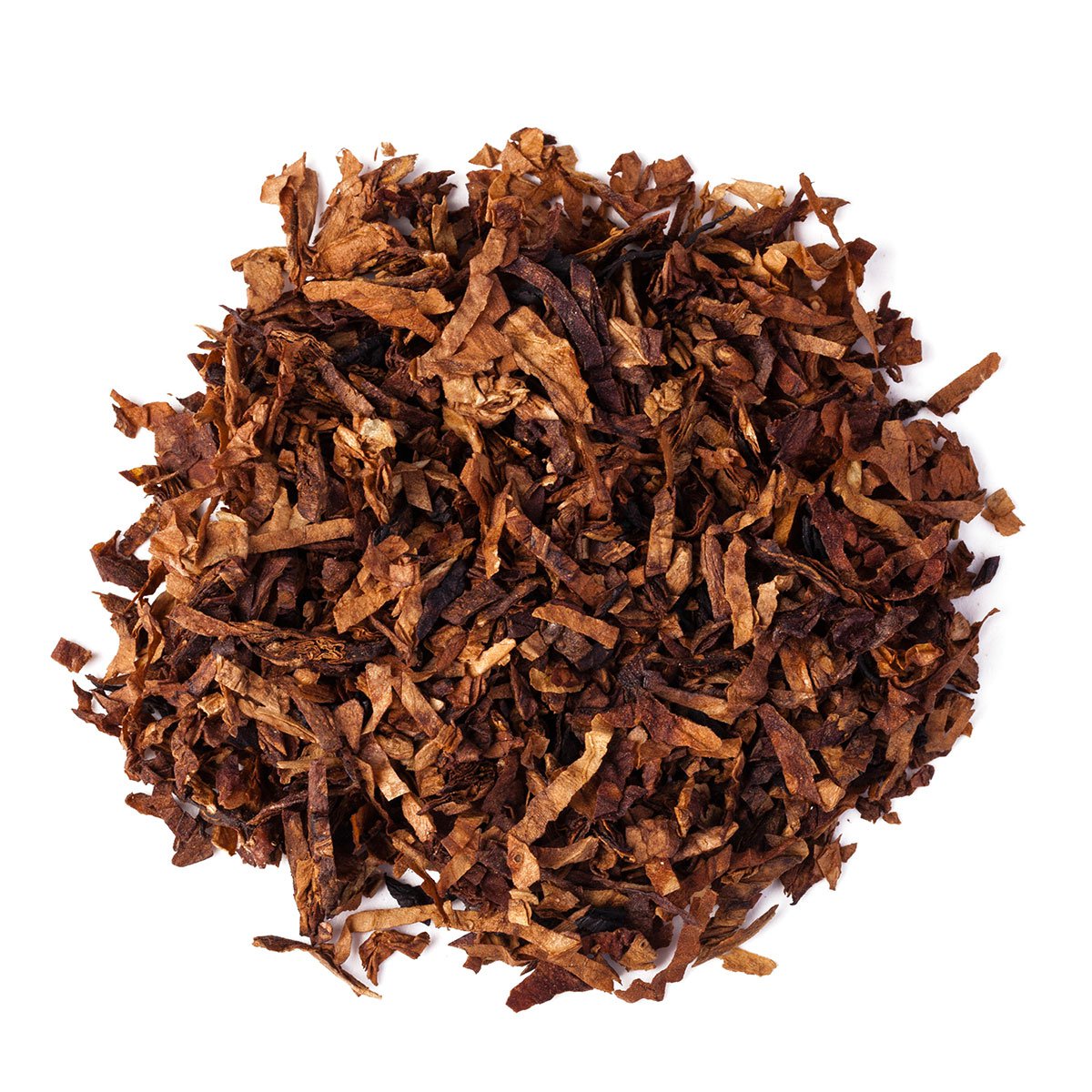What does wine lees mean?
The etymology of the term "wine lees" dates back to the medieval Latin "lium," meaning "sediment." The term later evolved into "lie" in Old French, referring to the organic deposit that naturally forms at the bottom of wine vats during the fermentation and aging process. This deposit is primarily composed of tartar and yeast, along with other solid substances from the winemaking process.
Over time, the term "wine lees" became common to refer to this specific deposit in wine. Wine lees essential oils, used in perfumery for their alcoholic, fruity notes, are extracted from this specific sediment to capture the characteristic aromas of wines and spirits.
In the beginning…
The history of "wine lees" dates back to antiquity, when the first winemaking techniques were developed. "Wine lees" is the organic deposit that naturally forms at the bottom of wine vats during the fermentation and aging process.
From the very beginnings of viticulture, winemakers noticed the presence of this sediment in their wine vats. They quickly realized that this sediment could impact the quality of the wine. Over time, they learned how to manage this sediment to improve the quality and stability of the wine.
Over the centuries, winemaking techniques have evolved, allowing winemakers to better control the fermentation and lees separation process. Today, some wines, such as white wines aged on lees, are intentionally left in contact with the lees to develop specific aromas and textures.
Wine lees cultivation
Wine lees culture is a term that can be interpreted in different ways depending on the context. It can refer to the management and use of organic sediment, called wine lees, that naturally forms at the bottom of wine vats during the fermentation and aging process.
In the context of viticulture and winemaking, "wine lees" culture refers to the practices used by winemakers to manage this deposit and leverage it to improve wine quality. Some wines, particularly white wines, may be aged on the lees, meaning they are left in contact with the lees for a period of time to develop specific aromas and textures. This practice can add complexity and richness to the final wine.
In the context of perfumery, "wine lees" culture can refer to the use of wine lees essential oils in perfume compositions. Perfumers extract these essential oils from wine lees deposits to capture the characteristic scents of wines and spirits, thus bringing an alcoholic, fruity touch to perfumes.
In both cases, the culture of "wine lees" reflects the expertise, creativity and know-how of professionals in their respective fields, whether viticulture or perfumery.
What do you know about wine lees in perfumery?
In perfumery, the term "wine lees" refers to the use of specific essential oils extracted from the organic deposit that naturally forms at the bottom of wine vats during the fermentation and aging process. These essential oils are obtained by hydrodistillation of this deposit, thus capturing the characteristic aromas of wines and spirits.
Essential oils extracted from wine lees are of particular interest due to the variety of their active ingredients, which depend on the terroir and vintage. These essential oils are used in aromatherapy and, of course, in perfumery, where they can reflect the aromatic characteristics of their vintage of origin. Due to their diversity, wine lees essential oils have attracted considerable interest in the perfume industry, as they offer a varied olfactory palette depending on their origin, vintage, or terroir.
Among the most well-known wine lees essential oils are green wine lees, which offers a fresher note, and white wine lees, which is fruitier. However, there is nothing to prevent the idea that the wine lees note could be produced from any nectar, thus allowing the exploration of notes based on cognac, brandy, or even champagne. These vibrant and nuanced essential oils offer perfumers an infinite creative palette to compose unique and captivating fragrances, evoking the elegance and complexity of wines and spirits.
The olfactory notes of wine lees in perfumery are rich and complex, offering fruity, woody, alcoholic, and floral nuances. They evoke the aromas of ripe grapes, the woody notes of barrel aging, the elegance of fermented alcohol, and sometimes subtle floral notes. Gourmet accents of honey or candied fruit can also stand out in wine lees (except white and green). These captivating notes allow perfumers to create unique and seductive compositions, evoking the delicate and intoxicating ambiance of wines and spirits, while adding a sophisticated and convivial touch to fragrances.
The legendary wine lees perfumes
• Salute! Eau de Parfum by Parfum d'Empire
• Une Rose perfume water by Frédéric Malle
• Bloody Wood Eau de Parfum by Liquides Imaginaires
• Bello Rabelo Eau de Parfum from Liquides Imaginaires
• Frapin Nevermore Eau de Parfum










